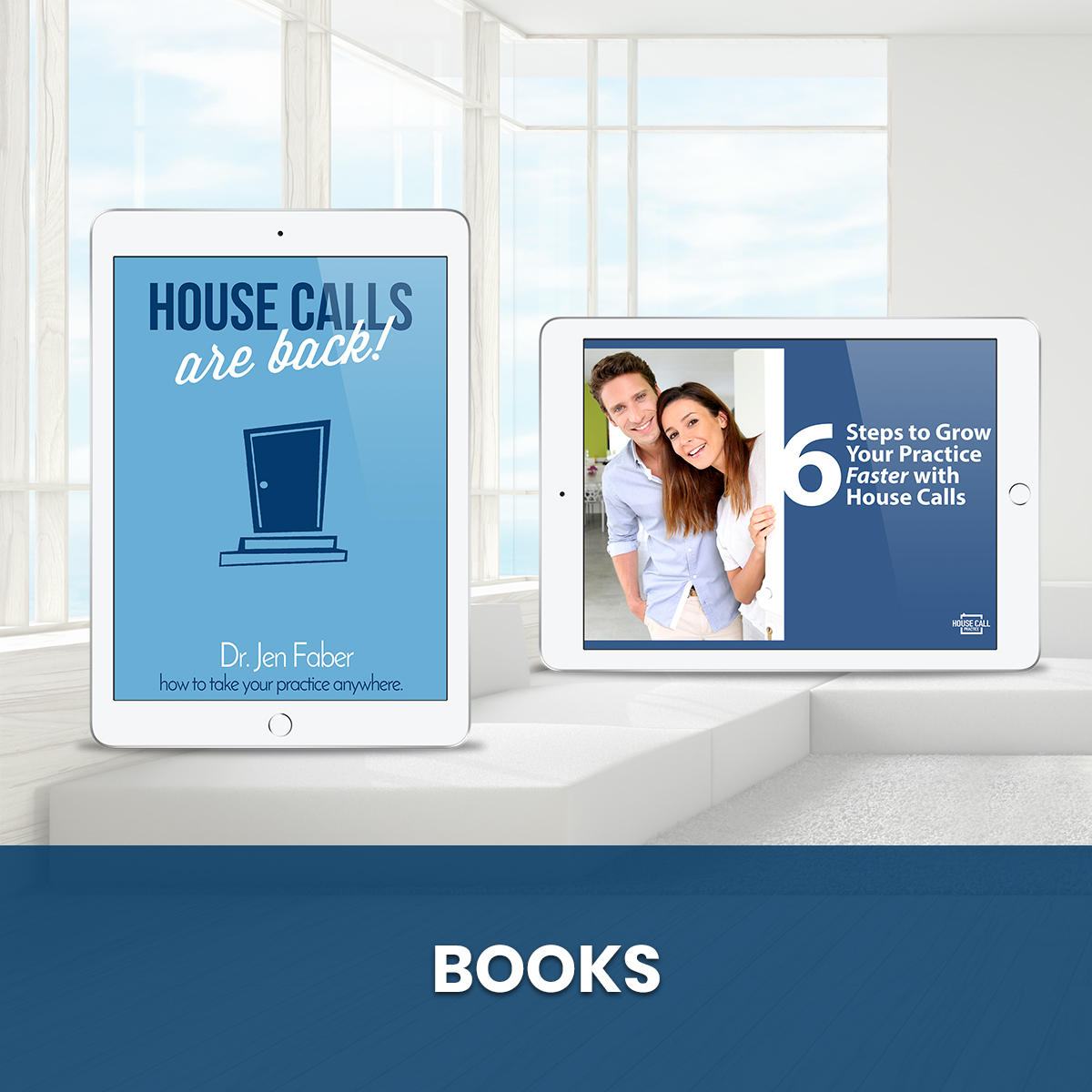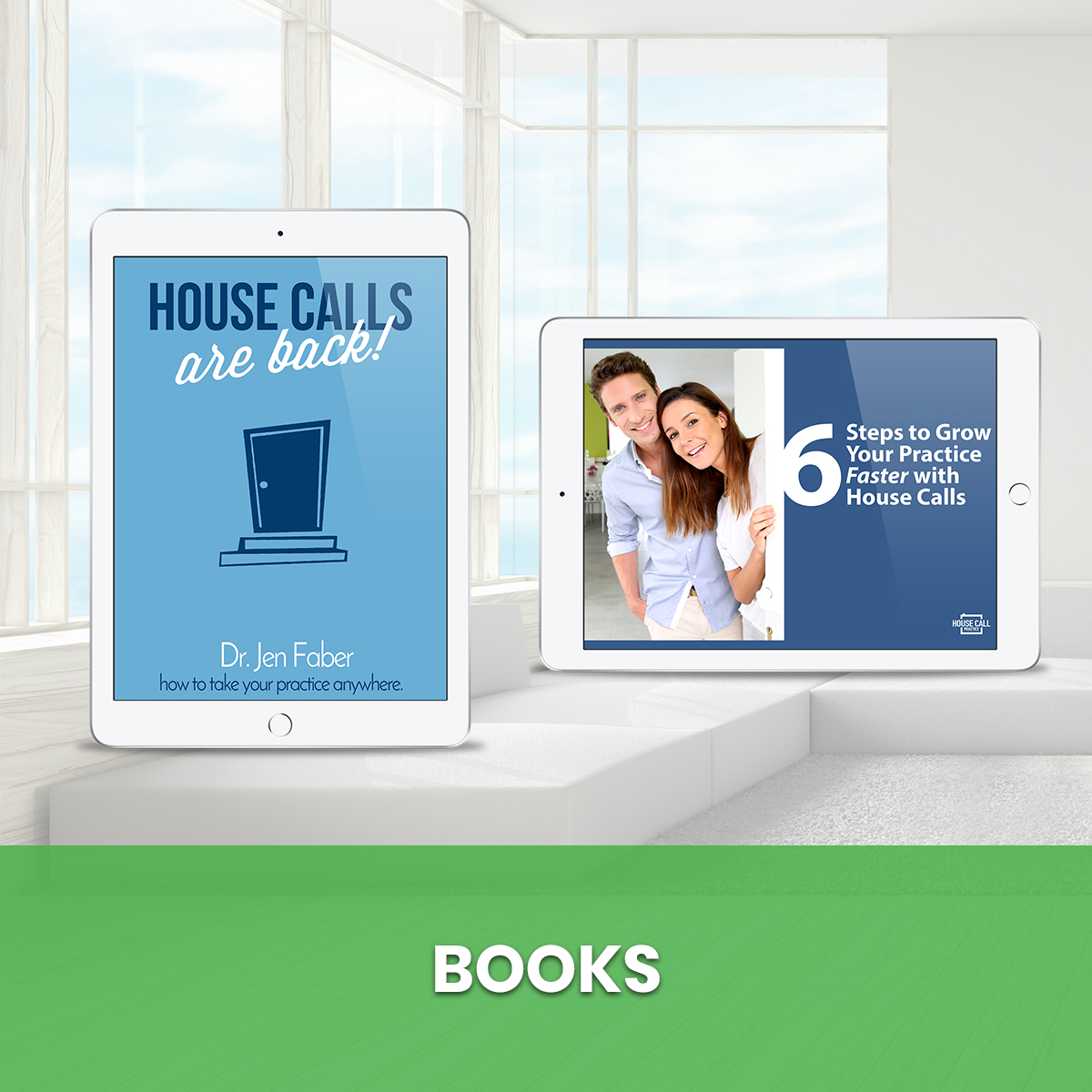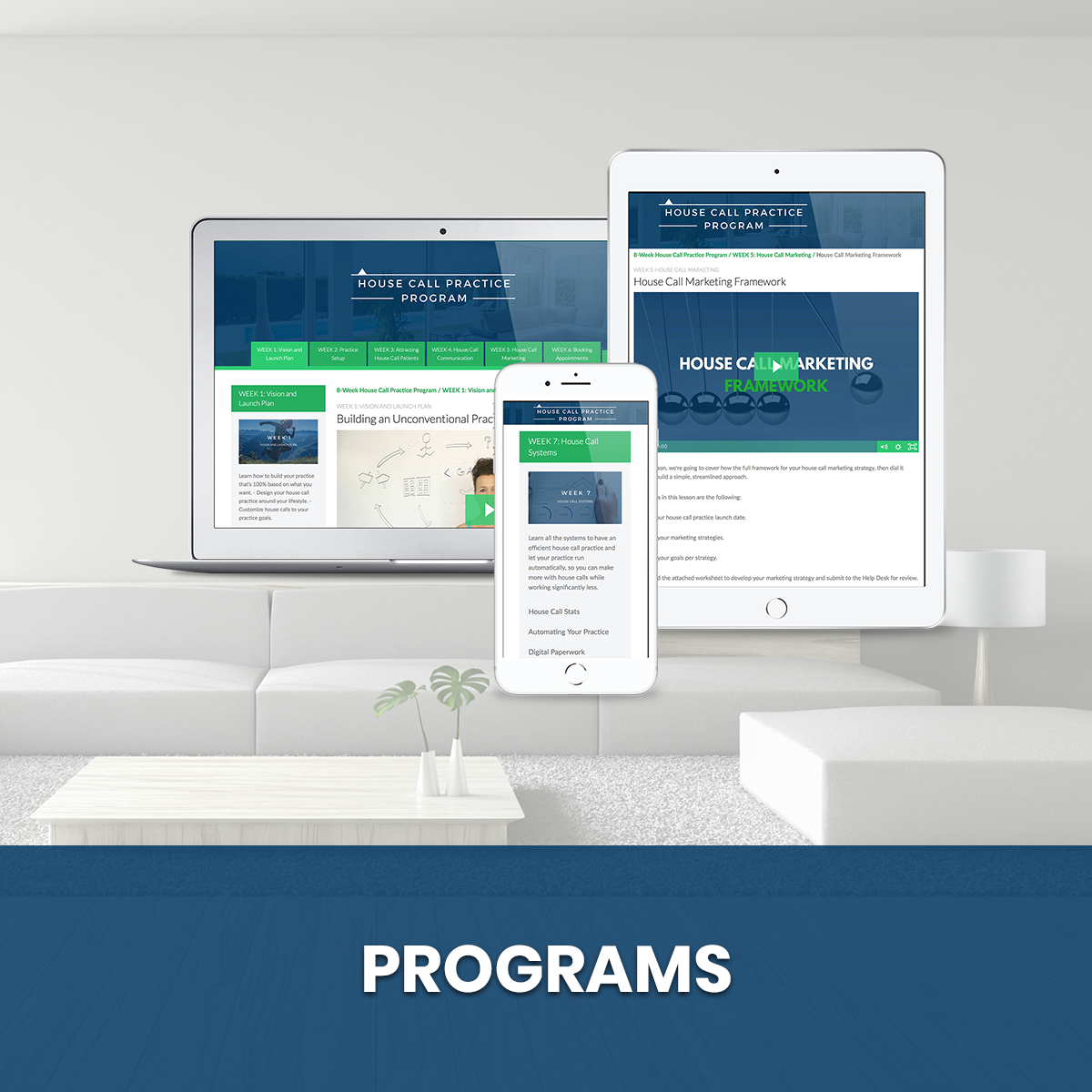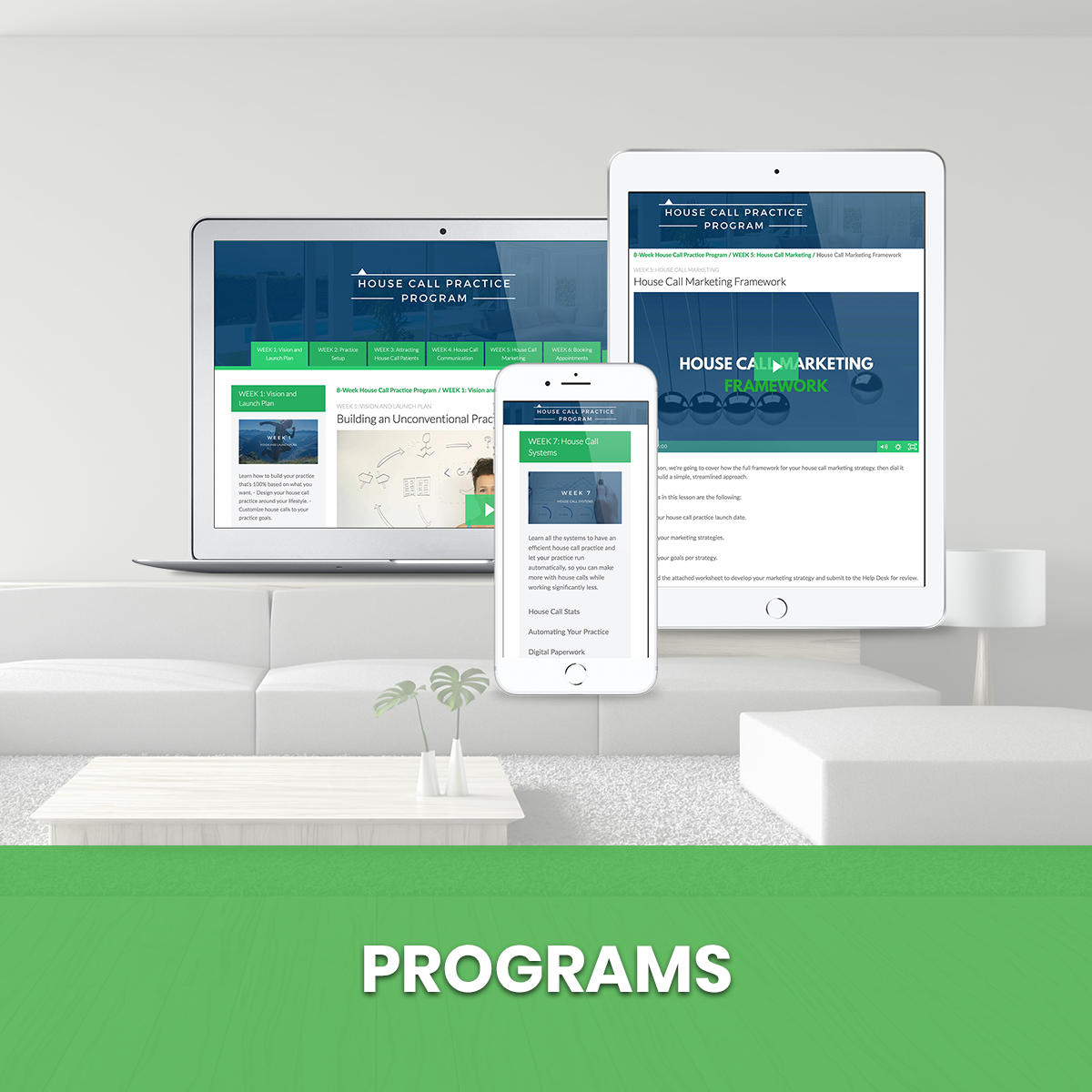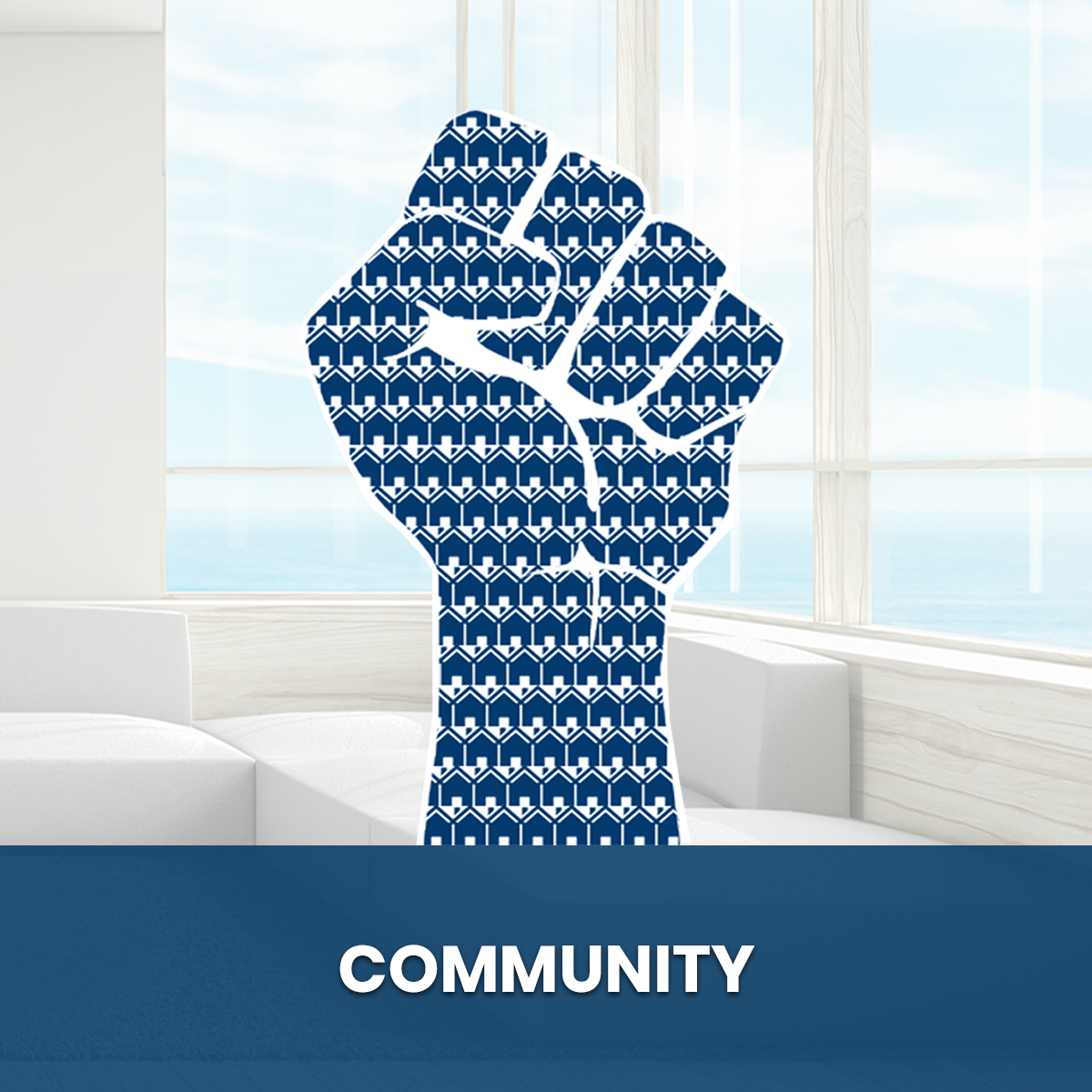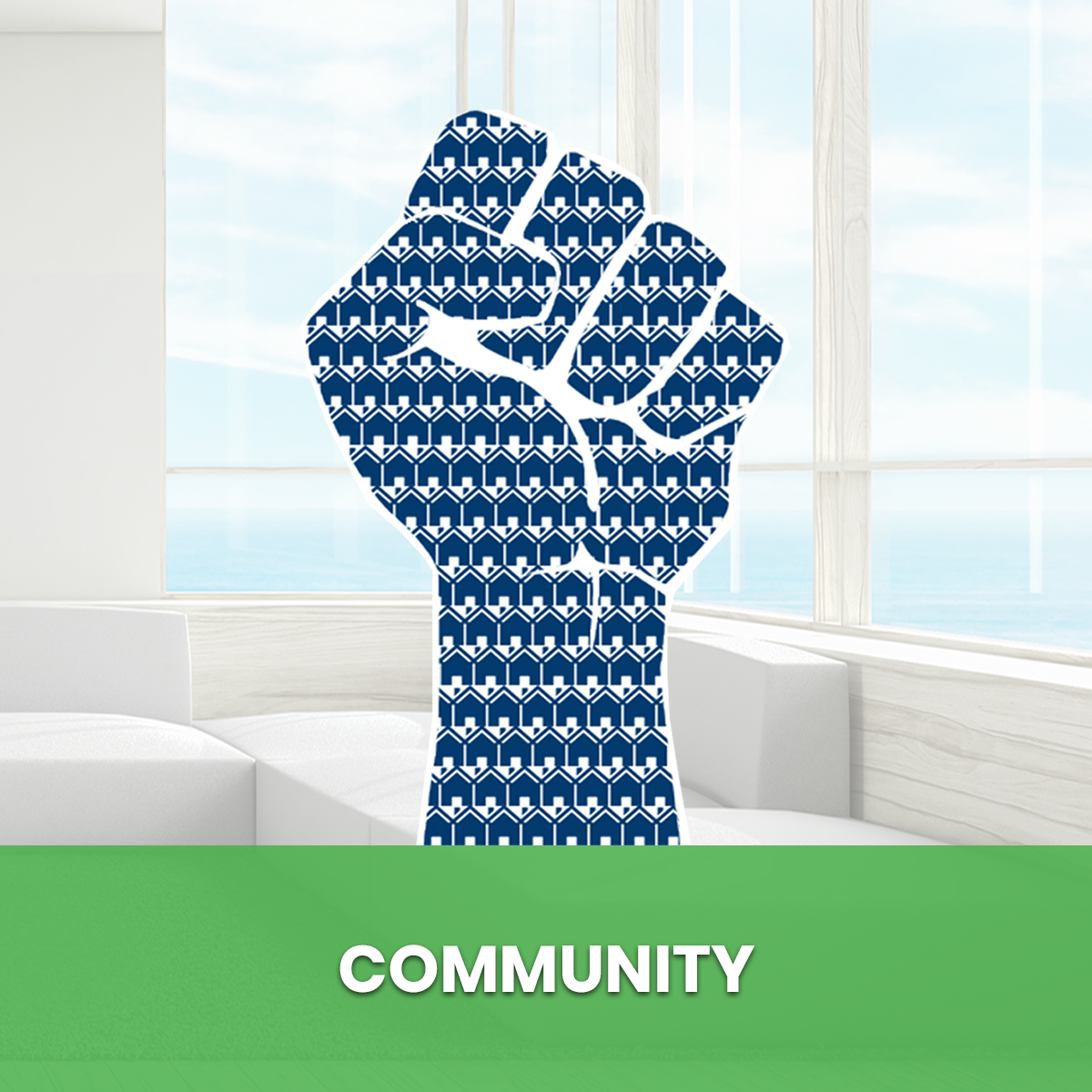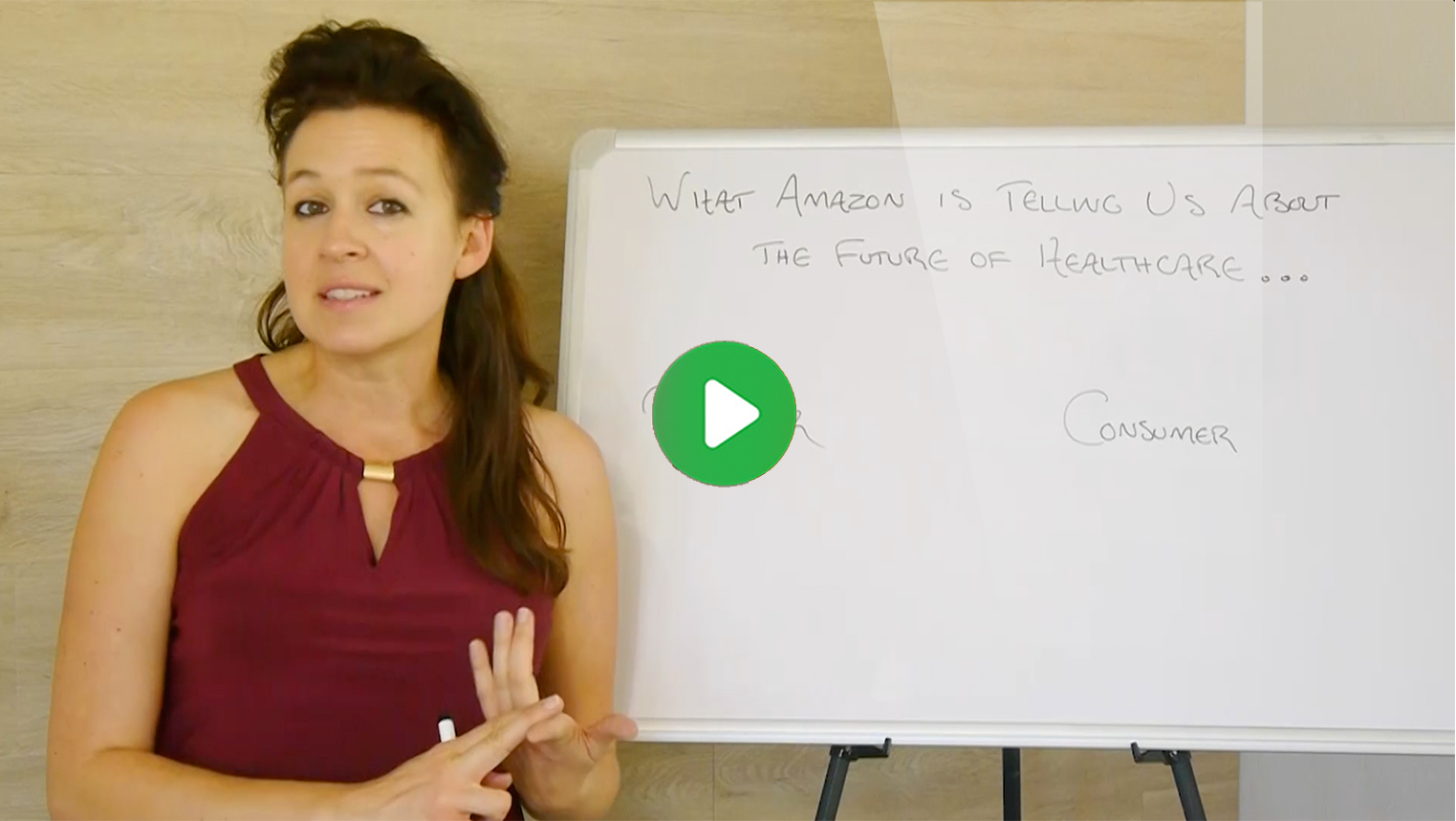
What Amazon is Telling Us About the Future of Healthcare
May 24, 2019
Want to Get New Patients Fast? Fix these 3 Mistakes
August 9, 2019Why Patients Will Pay More for Convenience (Explained in 1000 Words or Less)
The #1 thing that practically everyone wants more of is…
Not money. Not time.
It’s actually getting their time back.
Amazon, UberEats, GrubHub are just a few of the big players giving people more convenient ways what they offer.
Convenience is a trend that is here to stay. People are busier. They’ll always be busier, and they’ll never feel like there’s never enough time in the day.
So when they have the option to either rearrange their schedules, hop in their car, and deal with a commute to get something they want…
Or…
They can sit on the couch or at their desk while it comes to them…
What do you think they’ll choose?
It’s a choice you and I make all the time.
And like most people, we’ll happily pay more for convenience than to make our life inconvenient.
What does this mean for healthcare?
Patients are people. They’re consumers. They want the same thing everyone else does. More time and less stress.
Now layer in people who want to get healthier, convenience becomes that much more valuable.
Every other industry is listening to what consumers want, and because healthcare is an industry that is laden with high rates of burnout among professionals and even high rates of dissatisfaction among patients, convenience needs to be factoring into today’s practice model.
If we were to map out the typical experience for patients (without the convenience), it would look something like this:

The Steps a Typical Patient Has to Go Through:
Step 1: Patient has a health issue.
Step 2: Patient calls a local practice or clinic to set up an appointment.
Step 3: Patient rearranges schedule on the day of the appointment.
Step 4: Patient deals with traffic.
Step 5: Patient sits in the waiting room (for an average of 21 minutes).
Step 6: Patient gets 5-7 minutes with their provider.
Step 7: Patient leaves the office, likely with questions left unanswered.
Step 8: Patient deals with traffic to get back to their home or office.
Step 9: Patient gets back to their busy lives and forgets what to do.
Here’s the thing…
This typical experience shortchanges everyone. The provider feels rushed trying to get the patient in and out. The patient feels underwhelmed by the care they receive and all the life reshuffling they had to do to get to their appointment.
But parties feel rushed, overwhelmed, and not able to give or receive the experience they really want.
If you’re left with the typical practice model and not use convenience to your advantage, patients will get disgruntled and not make their health a priority.
And your practice will fall behind and get lost in the crowd while others step up to provide a more convenient option.
That’s why you need to create a convenient experience that brings your care right to your patients, give them their time back, so they can focus on their health while living a busy life.
Let’s look at each step of the House Call Convenience Experience to see how you might do that.

For a house call patient, the experience is very different...
Step 1: Patient has a health issue.
Step 2: Patient calls to set up a house call appointment.
Step 3: House call provider offers available times.
These first 3 steps are standard for either practice experience, but step 4 is where it all changes...
Step 4: Patient stays in the comfort of their home or office.
With a house call practice, this step is what sets you apart because you are offering a level of convenience no one else is.
(NOTE: Offering convenience is what can scale your practice quickly. Download my eBook “6 Ways to Build Your Practice Faster with House Calls” now and learn how house calls can create exponential growth in your practice.)
Step 5: No traffic or waiting room.
This makes you the hero, because you are instantly taking away two of the biggest complaints patients have.
And you build an efficient schedule where you spend more of your time with patients and less dealing with practice stress.
Step 6: House call provider arrives and offers more face time.
With convenience comes the benefit of not having the expense of a typical practice, meaning you now have the luxury of focusing on quality care, not number of patients.
Step 7: Patient receives care in their own environment.
Imagine telling a patient that you do house calls and watching their eyes light up when they picture having you come to their front door.
Just like an Amazon Prime delivery, they can enjoy their cup of coffee until you arrive.
Step 8: House call provider gives recommendations.
Because you aren’t dealing with the high volume stress of a typical practice, you now have the opportunity to spend more time with your patients. Listen to their questions. Provide more of your expertise and support, so they get better outcomes.
Step 9: Patient is more compliant, less stressed, and happier.
With the convenience and high quality care you can provide with house calls, your patients become that much more loyal to you, get better faster because they can apply what you’ve given them in their own environment right away, and, most importantly, tell their friends!
Meaning more referrals for you.
How to Offer Convenience to Your Patients
The House Call Practice is about helping your patients move along their health journeys faster and easier. While you benefit from having a practice with less stress and more focus on providing quality care.
That’s why you can’t rely on the typical practice model anymore.
Patients and providers alike are demanding something different.
You need a plan that helps you transition from high volume to convenience, high quality care.
If you love the idea of bringing more convenience to your patients, check out my new ebook where you'll discover the "6 Steps to Grow Your Practice Faster with House Calls."
This isn’t just for any healthcare provider. It’s for the burned out providers who are tired of high volume, high stress, and looking for a refreshing way to practice.
This ebook reveals the proven path to grow your practice around value and convenience.
Check it out,
Dr. Jen
